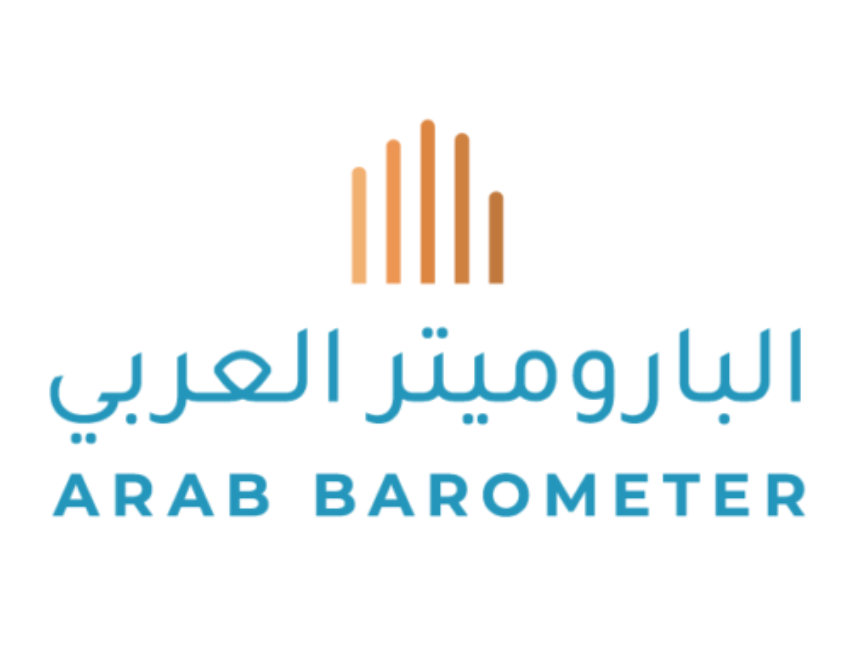In a landmark address titled, “Innovation, Collective Agency and Development”, Leonard Wantchekon, James Madison Professor of Political Economy at Princeton University, presented a new agenda for transforming economic growth through technology and agency, to the UN General Assembly Economic & Financial Committee (Second Committee). Wantchekon argued the need for actionable technology-driven productivity which centers agency and social cohesion.
Wantchekon posited that while technology is widely acknowledged as a driver of growth, the most urgent question is how states and institutions transform innovation into economic growth and development. Machines, technologies and labs are run by people; if technology lacks people-centered approaches, Wantchekon warned of the risks of its potential gains being skewed or even lost, for example in the US, automation led to a decline in wages (Acemoglu and Restrepo, 2022). He argues that individual and collective agency reduces implementation costs, builds ownership, and ensures adoption. Social cohesion, trust, fairness and inclusion make systems work through their socio-economic underpinnings.
Taking examples from Brazil, China and Ethiopia, Wantchekon showcased inclusive and systematic approaches to state-driven efforts for research and development. EMBRAPA in Brazil involved farmers, researchers and state agencies to co-produce R&D investment, which drove national agricultural productivity by 110 percent (Ackerman et al., 2025). In China, entrepreneurial bureaucracies aligned with national priorities, developed in collaboration with the Chinese Academy of Sciences empower local governments to driven innovation. In Ethiopia, evidence from the DERG regime (1974-1991), shows research investments in a drought-resistant grain native to Ethiopia, which is now recognized globally as a "superfood" (Wantchekon, 2024). These examples highlight those decentralized structures, built on agency and ownership, have pioneered local adoption of technology.
Wantchekon advanced a new direction for international development landscape, emphasizing the need for investments in research and innovation in low and middle-income countries. Between 2019 and 2021, only 1.4 percent of Official Development Assistance (ODA) was directed toward science, technology, and innovation (UN DESA, 2025). Wantchekon argued that that while investments in universal education have brought about returns for growth and development in Africa, international development agencies have a central role in augmenting these gains by supporting research and technology-led transformation of the continent. Africa still accounts for just 1.1 percent of global research output, in addition, local private sector-led R&D is extremely low even for the richest countries i.e. in South Africa, the private sector contributes 29 percent of R&D spending in 2022, compared to 70 percent in OECD countries (Mustapha, 2025)
Yet, there are major success stories. Wantchekon gave the example of M-Pesa, a local innovation in Kenya, which developed into a leading mobile money platform, used by 96 percent of households and which lifted around 2 percent of Kenyan households out of poverty (Jack and Suri, 2016). In addition, innovators such as Dr. Tony Githinji, founder of Semiconductor Technologies Ltd. in Kenya, and Dr. Askwar Hilonga, creator of a low-cost water filtration system in Tanzania, are great examples of how academic research can fuel industry and job creation.
Wantchekon proposes setting up multidisciplinary research hubs a la Max Planck Institute with innovation driven startups, such as the Princeton African School of Economics Research Hub (Wantchekon, 2025). He also suggests a new Innovation Conditionality Scheme in development finance similar to EU Horizon Europe (2021-2027) that is worth around 2 trillion dollars, to promote investments and economic growth fostered by research and innovation.




